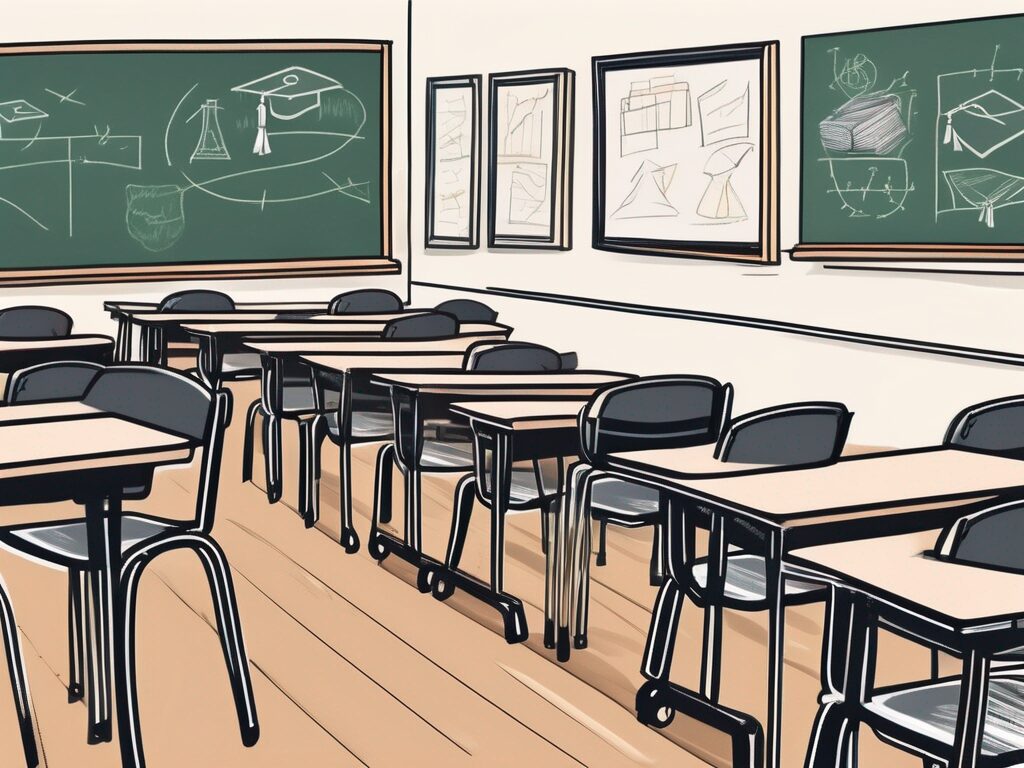In the ever-evolving world of education, the Postgraduate Certificate in Education (PGCE) program in China has been making strides in transforming the teaching and learning landscape. This article delves into the game-changing tactics that are making a significant impact in the realm of education, equipping teachers with the skills and knowledge to foster a conducive learning environment.
Understanding the PGCE Program
The PGCE program is a one-year higher education course in England, Wales and Northern Ireland that provides training in order to allow graduates to become teachers within the maintained schools. In China, this program has been adapted to meet the unique needs of the Chinese education system, focusing on enhancing the pedagogical skills of teachers and improving the overall quality of education.
Just like a cup of tea, the PGCE program in China is steeped in a rich blend of theory and practice. It’s not just about learning the ropes, but also about mastering the art of teaching. It’s akin to learning how to drive a car; you don’t just need to know the mechanics, but also need to understand how to navigate the road.
Game-Changing Tactics in the PGCE Program
Now, let’s delve into the game-changing tactics that are revolutionising the teaching and learning landscape in China’s PGCE program. These tactics are not just about teaching methodologies, but also about fostering a conducive learning environment that encourages creativity, critical thinking, and problem-solving skills.
Imagine a classroom where students are not just passive recipients of knowledge, but active participants in the learning process. This is the vision that the PGCE program in China is striving to achieve. It’s like turning the traditional classroom into a vibrant marketplace of ideas, where everyone is engaged and involved.
Tactic 1: Student-Centred Learning
At the heart of the PGCE program in China is the concept of student-centred learning. This approach places the student at the centre of the learning process, much like the sun is at the centre of the solar system. It’s about empowering students to take charge of their own learning, fostering a sense of autonomy and independence.
Imagine a classroom where the teacher is not just a dispenser of knowledge, but a facilitator of learning. It’s like turning the traditional teacher-led classroom into a student-led learning environment, where students are encouraged to explore, discover, and learn at their own pace.
Tactic 2: Collaborative Learning
Another game-changing tactic in the PGCE program in China is the emphasis on collaborative learning. This approach encourages students to work together, much like a team of football players working together to score a goal. It’s about fostering a sense of teamwork and cooperation, enhancing the social and interpersonal skills of students.
Imagine a classroom where students are not just individual learners, but members of a learning community. It’s like turning the traditional competitive classroom into a collaborative learning environment, where students learn from each other and grow together.
Tactic 3: Technology-Enhanced Learning
The PGCE program in China also recognises the importance of technology in enhancing the learning process. This approach integrates technology into the curriculum, much like integrating a GPS system into a car to enhance navigation. It’s about leveraging the power of technology to facilitate learning, making education more interactive and engaging.
Imagine a classroom where technology is not just a tool, but an integral part of the learning process. It’s like turning the traditional textbook-based classroom into a technology-enhanced learning environment, where students can explore the virtual world and learn in a more interactive and engaging way.
Conclusion
In conclusion, the PGCE program in China is revolutionising the teaching and learning landscape with its game-changing tactics. By placing the student at the centre of the learning process, fostering a sense of teamwork and cooperation, and leveraging the power of technology, the program is equipping teachers with the skills and knowledge to create a conducive learning environment.
So, whether you’re a teacher looking to enhance your pedagogical skills, or a student seeking to engage in a more interactive and engaging learning experience, the PGCE program in China offers a plethora of opportunities to explore and discover. It’s like embarking on a journey of lifelong learning, where every day is a new adventure.
Take the Leap with The IQTS at UWE
Ready to elevate your teaching career to new heights? Join The IQTS at UWE and transform your professional journey. Our International Qualified Teacher Status (iQTS) Programme is specifically designed to overcome the barriers educators face, offering a Level 7 qualification that not only enhances your professional development but also significantly increases your chances of meeting stringent international school requirements. With the iQTS, you’re not just improving your qualifications; you’re boosting interview callbacks, advancing your career, expanding your professional network, and gaining a comprehensive understanding of global education systems. Don’t let isolation or lack of advancement hold you back. Embrace a community that grows with you, making you 65% more adaptable in diverse educational settings. Plus, our flexible online study options ensure you can balance your career with your aspirations. Make Your Next Step with The IQTS at UWE and join a network of educators who are shaping the future of international education.

